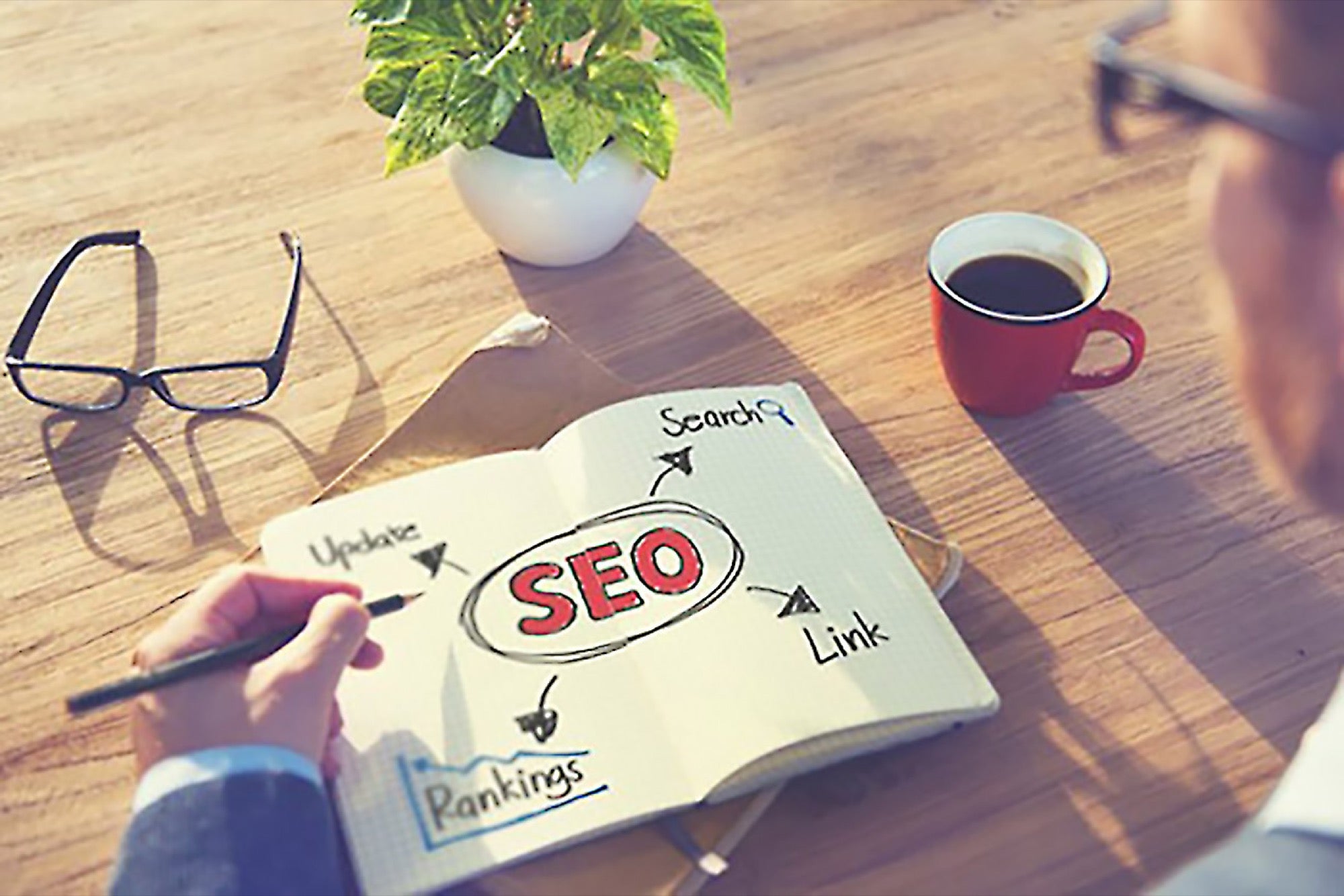It’s not enough to have SEO for your website. You need to work on your Shopify SEO too, especially if you want to attract more customers and generate more sales.
Contrary to popular belief, it’s not that hard to optimize your online store.
Here are some tips that will help you get started right away:

It’s all about research
Just like website SEO, it’s important to conduct keyword research.
The best programs to use here are Ahrefs and Google Keyword planner. While you could do this yourself, it’s best if you sought the help of a Shopify SEO expert.
No matter what path you choose, it’s always better to work on keywords and phrases with less competition. Go for long-tailed keywords, as they return about 96% of the searches done every month.
Additionally, you need to find different yet related terms to work into your content. Doing so will help your store rank better, which is what Shopify SEO is all about.
Use your keywords
Once you have done your keyword research, it’s time for you to put these into great use.
While it’s easy to copy and paste the manufacturer’s description, this will just end up hurting your search engine rankings. Your crawlers will flag your website for plagiarized content, and this will surely drag you to the bottom of page rankings.
You can try to seek inspiration from the websites that pop up when you type your desired keyword. Here, you can get a general idea of what people are looking for. This can help you determine whether you need to focus on either videos, blog posts, or informational pages.
When it comes to Shopify SEO, you need to take advantage of the great opportunity that category and product pages give you. These are great spots to make use of the keywords you have looked up diligently.
You can also use your keywords in customer testimonials and comment sections. Remember not to overdo this though, as keyword stuffing is another red flag for search engine crawlers.
Optimize your images
Shopify SEO optimization should not be limited to your text content. You need to work on your pictures as well. Remember, search engine crawlers evaluate your images, too.
Here are some ways that can help make your images SEO-friendly:
Image Name and Alt Text
Name your photo with keywords that work with the page content.
Make use of alt text to describe a product image, but not a decorative image. Use easily understandable text, and don’t forget to use keywords.
If your product has a serial number, make sure to add it as well. Remember, crafting a good alt text is one of the best ways to get your images in Google and other search engine rankings.
It’s also good to feature images that depict different dimensions and angles. You’d want your buyers to have a 360-degree look at your products. Not only will this help in their decision making, but this could be good for your Shopify SEO, too. After all, it means more alt texts for you.
Image Quality and Size
Make sure that your photos are of high quality. It’s not always about picking the biggest one, as it could slow down your page and adversely affect your search engine rankings.
In case you do, make sure to trim them down. The best option is to go with a small image that can be zoomed in a separate page or pop-up window.
It’s also essential to choose the right image format. A popular option is JPEG, which provides good image quality at a small size.
GIFs are of lower quality, which makes them perfect for thumbnails, icons, and decorative images. However, this format shouldn’t be used for big product images as it is size-heavy.
An excellent alternative to GIF is PNG, which supports more colors. They also don’t degrade even with repeated saving.
Since PNGs are larger than JPEGs, opt for the smaller PNG-8 rather than PNG-24.
Thumbnails
Thumbnails help you promote a wide variety of products. While they’re suitable for the shopping experience, they can make your website slower and affect your Shopify SEO rankings.
To prevent this from happening, make sure that your thumbnail images are of the lowest possible size.
It’s also important to change the alt text for your thumbnails. Don’t copy the text from the larger image, as the search engine may end up indexing the thumbnail better than the better-quality product image.
Image Sitemap
More than just mapping your store, you need to set a sitemap for your pictures, too. This will help the crawlers make a better scan of your website.
You can do this by inserting the line in your robots.txt file. Another option is to submit the sitemap to Google.
Shopify SEO optimization is all about improving keyword research, content, and images. By taking note of these three factors, you can enjoy better rankings and more sales.
 2018 ·
2018 ·